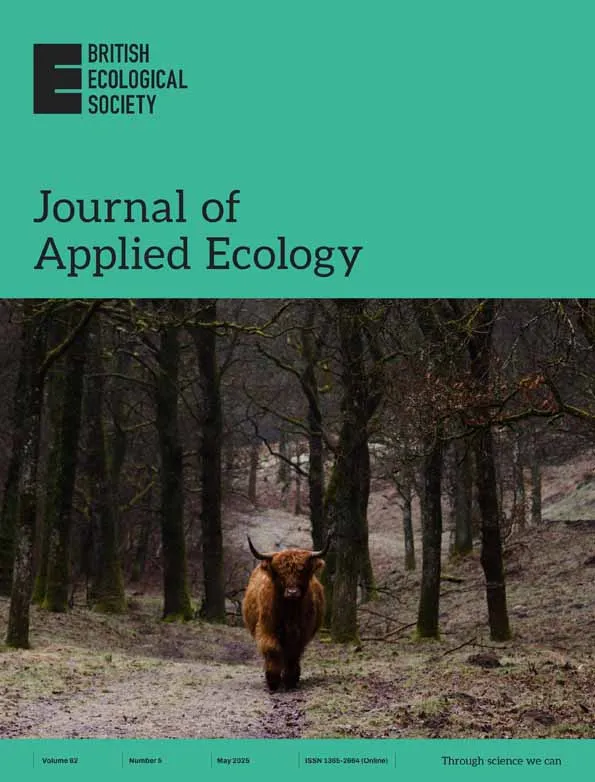BTO create and publish a variety of important articles, papers, journals and other publications, independently and with our partners, for organisations, government and the private sector. Some of our publications (books, guides and atlases) are also available to buy in our online shop.
Annual report of the Seabird Monitoring Programme
Seabird Population Trends and Causes of Change: 1986–2023
This report presents the latest seabird population trends in breeding abundance and productivity using data from the Seabird Monitoring Programme (SMP).
The report documents changes in the abundance and productivity of breeding seabird species in Britain and Ireland from 1986 to 2023, and provides a detailed account of the 2021, 2022 and 2023 breeding seasons.

Search settings
Challenges in quantifying the responses of Black-legged Kittiwake to habitat variables and local stressors due to individual variation
Author: O’Hanlon, N.J., Thaxter, C.B., Clewley, G.D., Davies, J.G., Humphreys, E.M., Miller, P.I. Pollock, C.J., Shamoun-Baranes, J., Weston, E. & Cook, A.S.C.P.
Published: 2024
Seabird populations face many different challenges, from the impacts of a changing climate through to the risks posed by offshore wind farms. Understanding how environmental conditions influence seabird distributions at sea, and therefore interactions with potential threats, at the individual level, can help improve our understanding of the population-level impacts of these challenges.
21.02.24
Papers
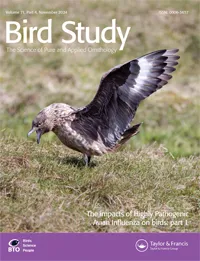
Species- or habitat- based assessments of vulnerability to climate change? Informing climate change adaptation in special protection areas for birds in England
Author: Duffield, S.J., Morecroft, M.D., Pearce-Higgins, J.W. & Taylor, S.D.
Published: 2024
Protected areas are a key part of the nature conservation toolkit, as shown by recent BTO evidence. Climate change is also having an increasing impact on species. Those impacts will vary between species and habitats, with some likely to be at particularly high risk, and others having the potential to benefit from changing conditions. Protected areas can play a major part in helping protect species and habitats from detrimental climate change impacts, and to promote positive changes, such as providing areas of semi-natural habitat for range-expanding species to colonise. To guide what this means for particular sites, it is important to assess the likely future impacts of climate change on that site, for example by undertaking a climate vulnerability assessment.
19.02.24
Papers
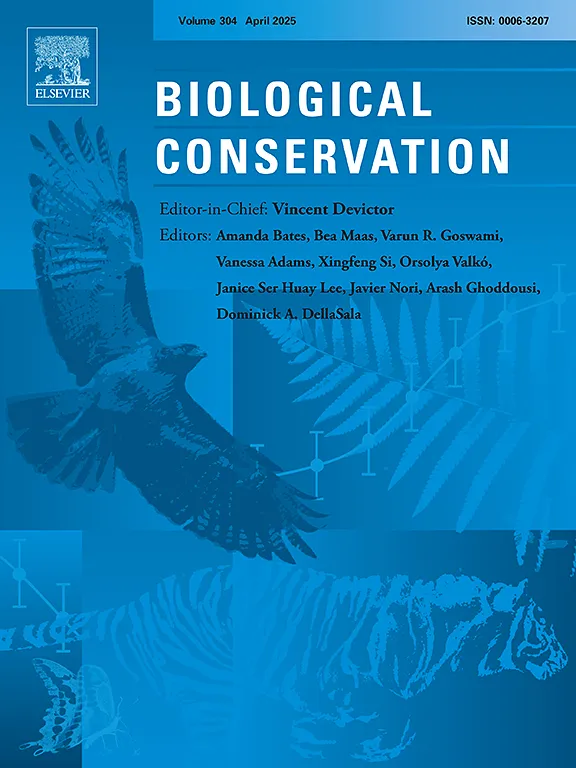
Understanding population change: the value of the EuroCES constant-effort ringing programme
Author: Robinson, R.A.
Published: 2024
15.02.24
Papers Ringing and Migration
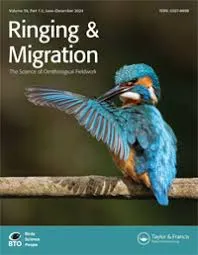
Anthropogenic climate and land-use change drive short-and long-term biodiversity shifts across taxa
Author: Montràs-Janer, T., Suggitt, A.J., Fox, R., Jönsson, M., Martay, B., Roy, D.B., Walker, K.J. & Auffret, A.G.
Published: 2024
Habitat loss and climate change are two major threats to birds and other species globally. To plan effective conservation, we need a good understanding of what is driving declines across different species. There are many examples of research that identifies whether population declines in vulnerable species are primarily driven by habitat change or climate change. However, how these two threats interact to drive biodiversity change is very poorly understood. Without this understanding, conservation measures run the risk of being ineffective, for example, by not planning for the impacts of climate change when deciding where to carry out habitat creation.
12.02.24
Papers
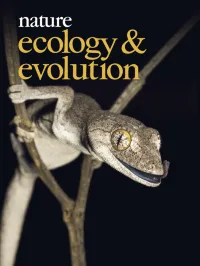
Using butterfly survey data to model habitat associations in urban developments
Author: Cooper, J.E.J., Plummer, K.E., Middlebrook, I. & Siriwardena, G.M.
Published: 2024
The UK government has pledged to build much-needed new housing that also honours a legal requirement to improve biodiversity. Currently, this is often achieved by compensatory measures ‘off-site’, but BTO research is investigating how biodiversity improvements could be integrated into new developments instead.
25.01.24
Papers
